In today’s fast-paced business environment, data is key. Facilities managers are increasingly relying on data-driven insights to optimize operations, enhance efficiency, and ensure the comfort and safety of people. However, to harness the full potential of this data, one crucial step is often overlooked or not understood as being possible, which is how to map facilities management data
Knowing how to map facilities management data involves understanding it’s a transformative process that includes visualising and organising information geospatially. This allows facilities managers to gain a holistic view of their assets, streamline maintenance processes, and make informed decisions.
Here’s how you can map facilities management data:
Collect comprehensive data
Begin by gathering a dataset that’s relevant to your needs and priorities e.g. assets, equipment, maintenance history, reactive and planned maintenance and energy data. Bring together your site and floor plans as PDF or DWG/DXF files. This data forms the foundation for your mapping efforts.
Select the right tools
If you work in an organisation with the budget and technical support available invest in Geographic Information System (GIS) software. Alternatively invest in a facilities management platform with built-in mapping capabilities such as AltoSites. Make sure your chosen solution can make use of your plans so that you can use the geospatial features to full advantage by mapping data on plans as well.
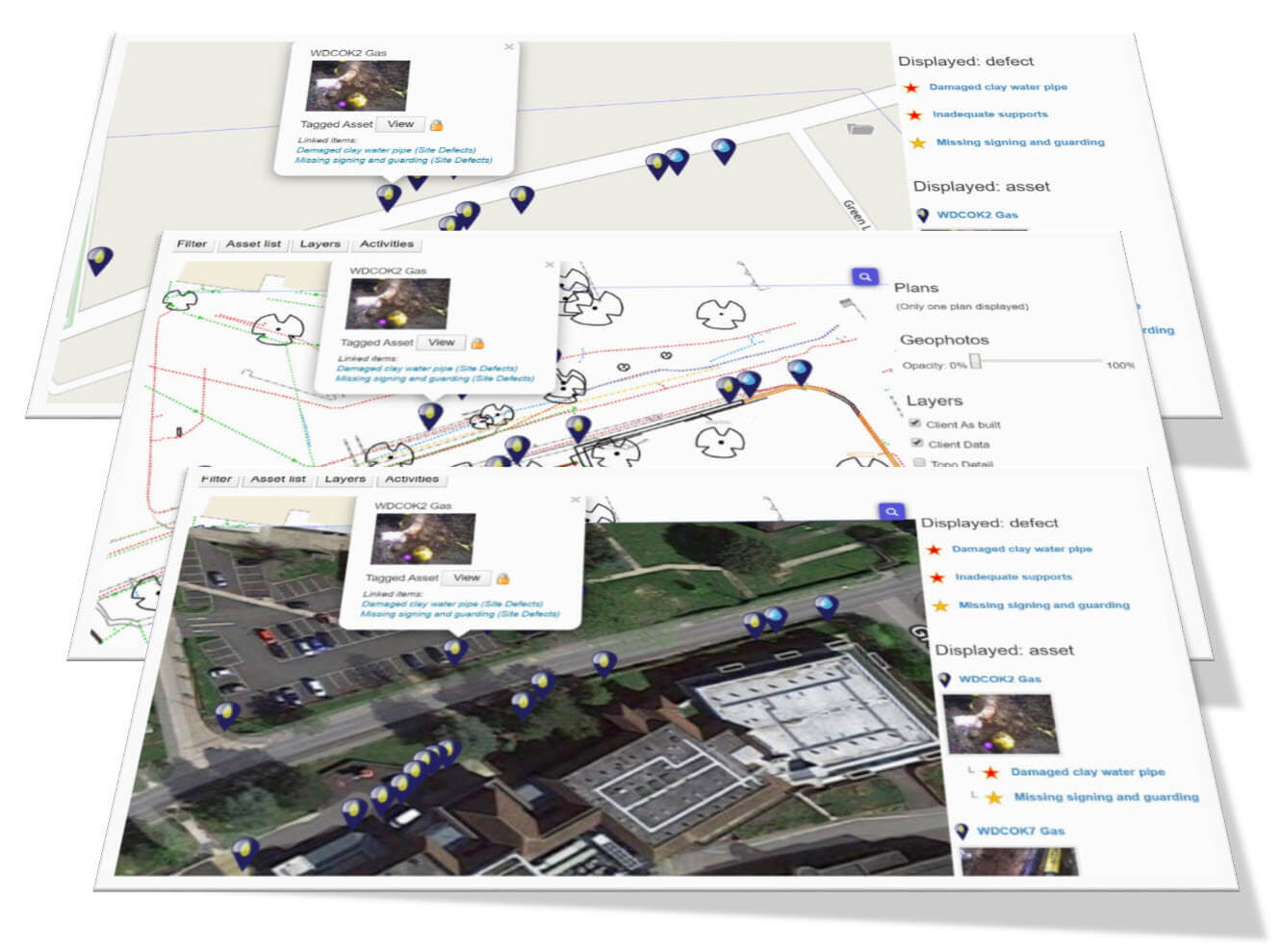
Geocode your assets
Assign geographical coordinates (latitude and longitude) to your assets, equipment, and key locations within your facility. This step is crucial for accurate mapping. In systems such as AltoSites simply clicking on the map or plan will do this for you.
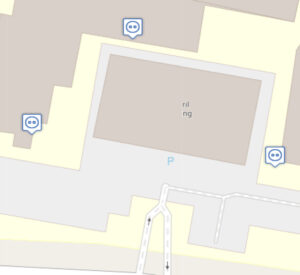
Create layers
Organize your data into layers or query filters, each representing a specific aspect of your facility management. This makes it easy to view one or more types of data on your map or plan at the same time. For example, filter by asset type e.g. boilers, HVAC systems, lighting, security, and reactive jobs and more.
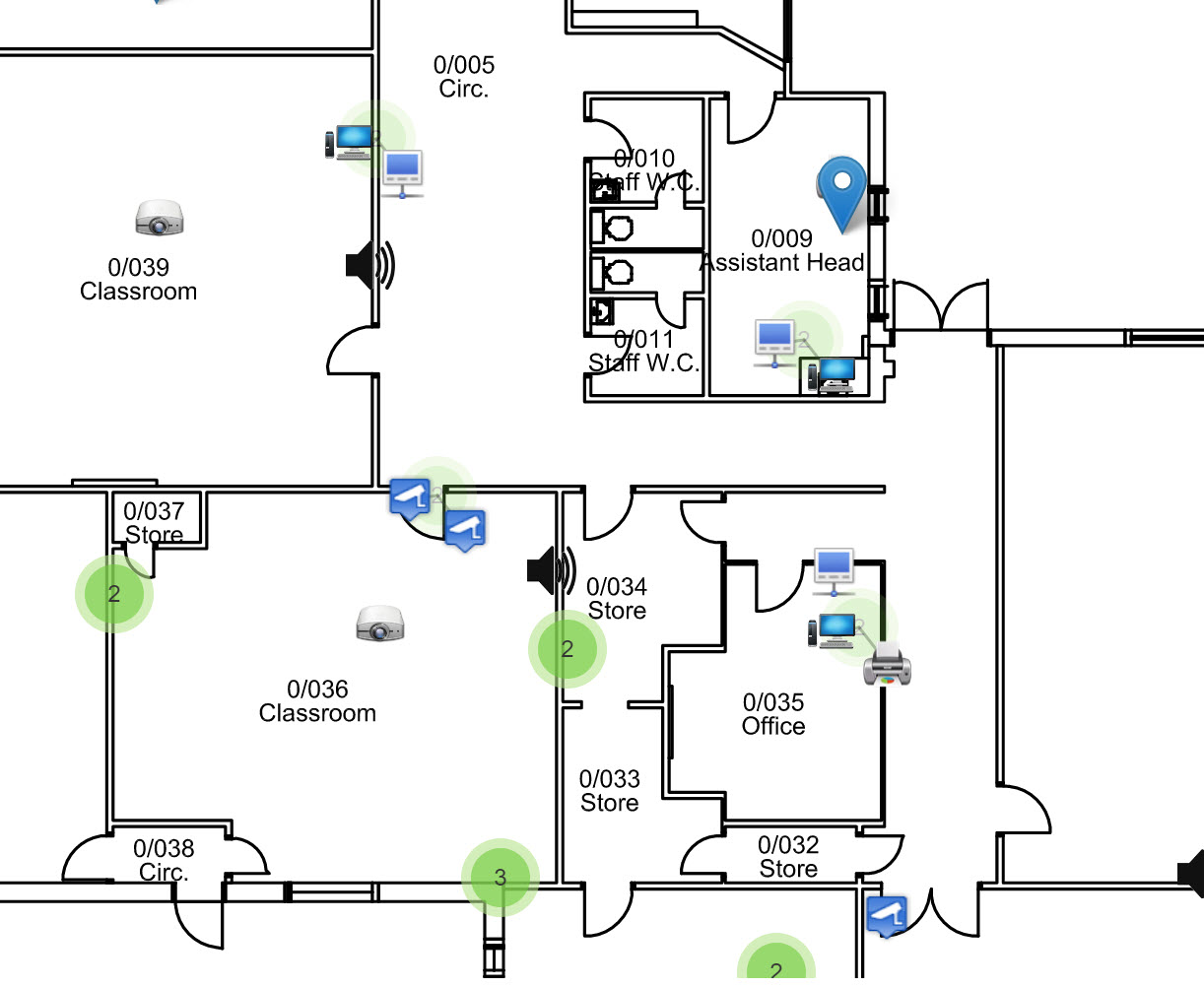
Visualise data
Use the in-built mapping to create visual representations of your data. Maps can include interactive elements like color-coding, icons, and labels, making it easier to interpret and analyse the information.
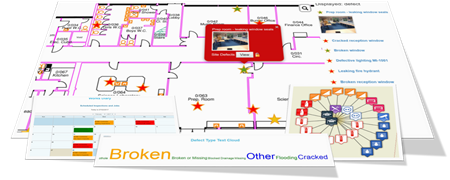
Analyse and monitor
Leverage your mapped data to identify trends and patterns. For instance, you can track equipment maintenance schedules, monitor energy consumption, or analyze reactive jobs in and across internal spaces.
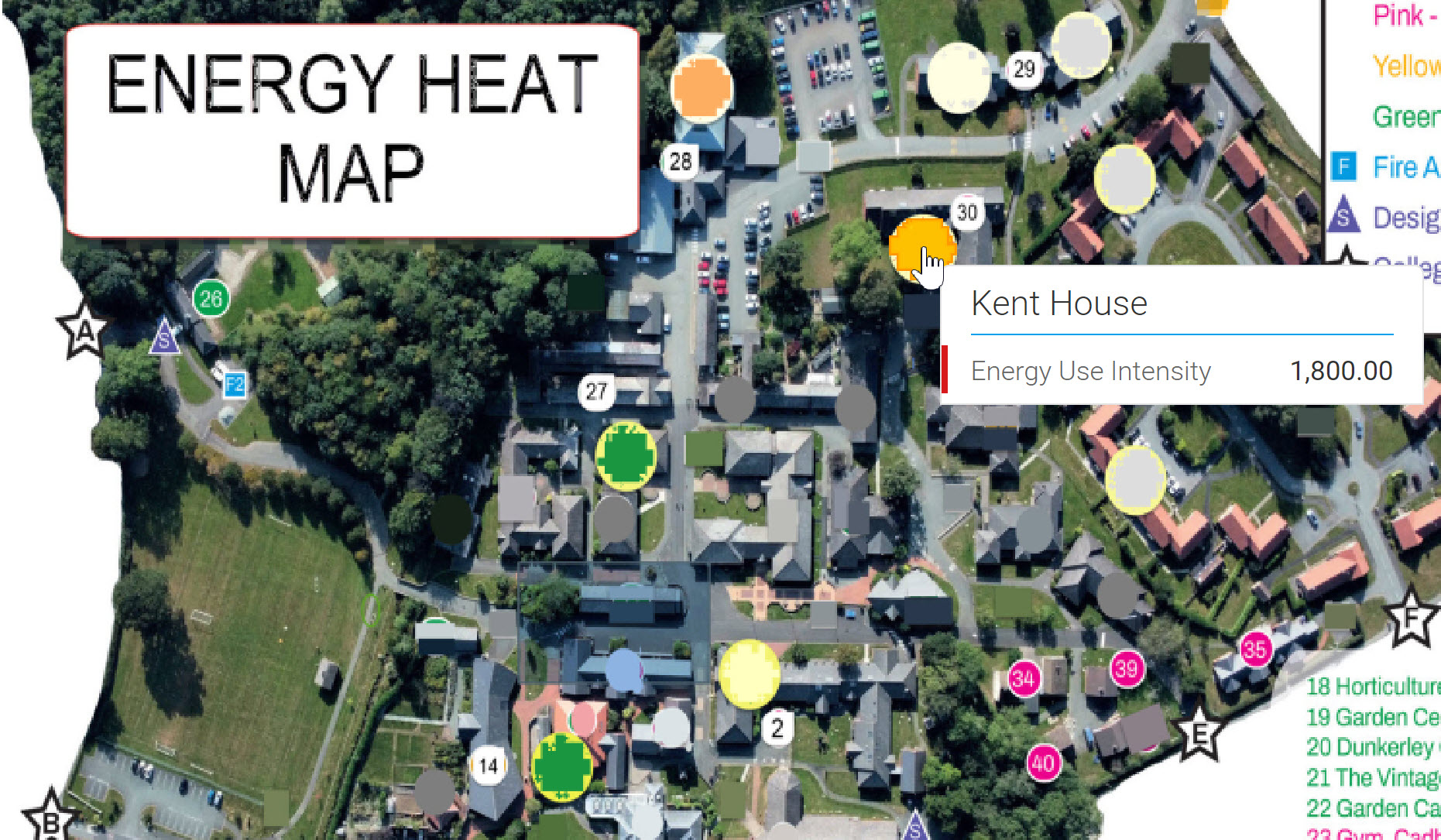
Integrate real-time data
For dynamic facilities, integrate real-time data sources from sensors and IoT devices. Bring into view data related to temperature, humidity and Co2 levels. If you’re concerned about space utilisation and occupancy levels sensors can be deployed to collect this data as well.
This real-time monitoring allows you to respond swiftly to changing conditions and optimize resource allocation. You can move towards a proactive management regime intervening before problems escalate.
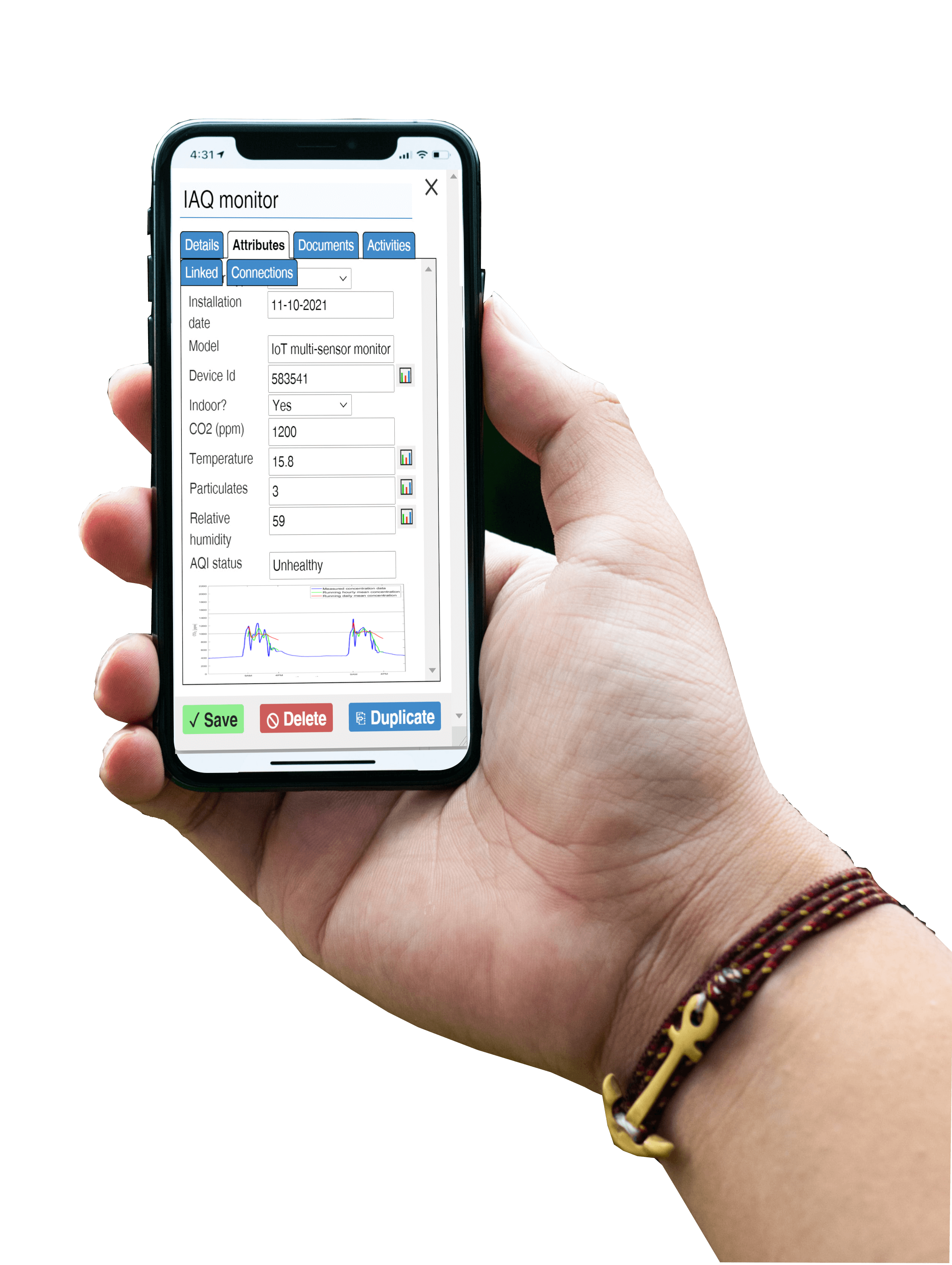
Plan for scalability
Ensure your mapping system can accommodate future growth and modifications. As your facility evolves, your mapping solution should be able to scale and flex accordingly.
Make sure your software solution is highly configurable without having to go back to the supplier. Also, by using a hosted solution it’ll be easy and cost-effective to get access to additional infrastructure resources when needed.
Planning for scalability protects your investment now and into the future.

Share insights
Collaborate with other stakeholders by sharing your mapped data. Visualisations can help convey complex information to non-technical decision-makers.
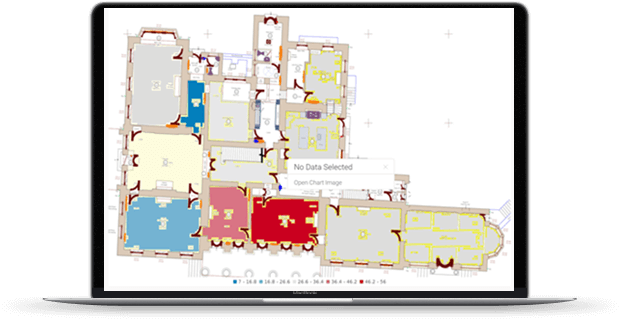
Regular updates
Facilities are dynamic environments. Regularly update your mapped data to reflect changes, ensuring that your insights remain accurate and actionable.
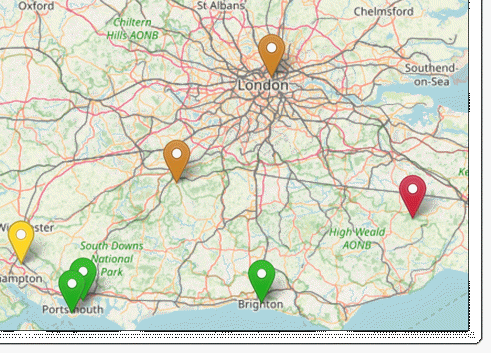
Mapping facilities management data empowers organizations to make informed decisions, reduce operational costs, and enhance the overall experience for those in buildings or on estates. By taking these steps to map your data, you’ll not only improve your facility’s efficiency but also future-proof your operations in an ever-evolving digital landscape.
Now that you know how to map facilities management data embrace the power of data mapping and watch your facilities management strategy soar to new heights. You’ll look good too!
Check out AltoSites – a cost-effective and functionally rich geospatial solution developed for facilities and asset managers.
